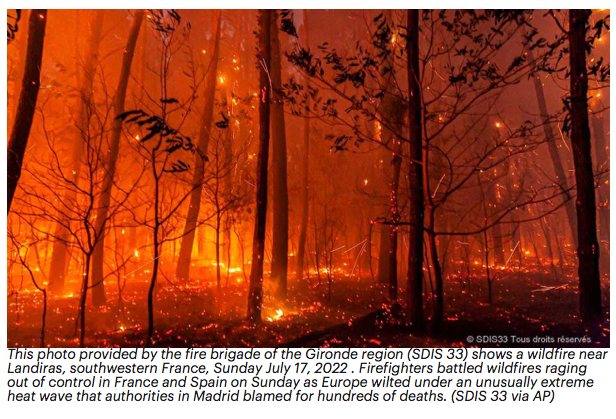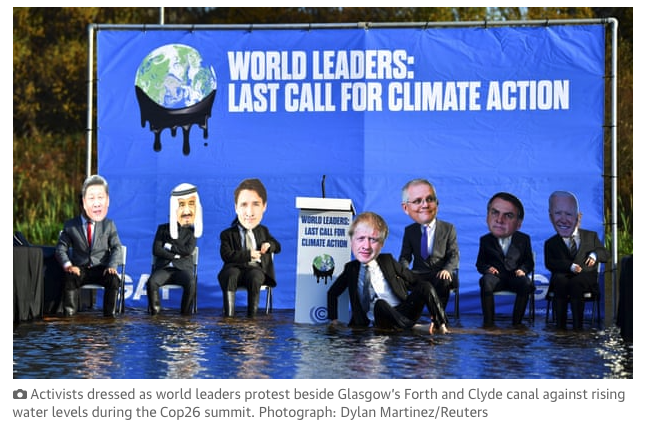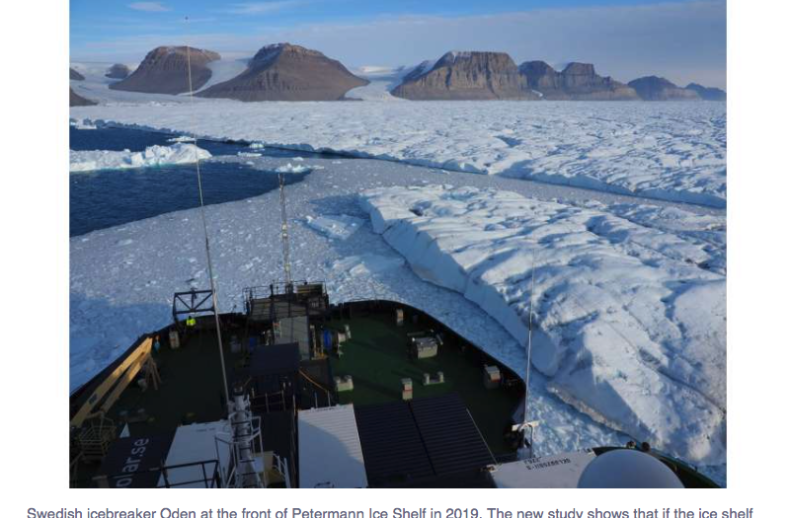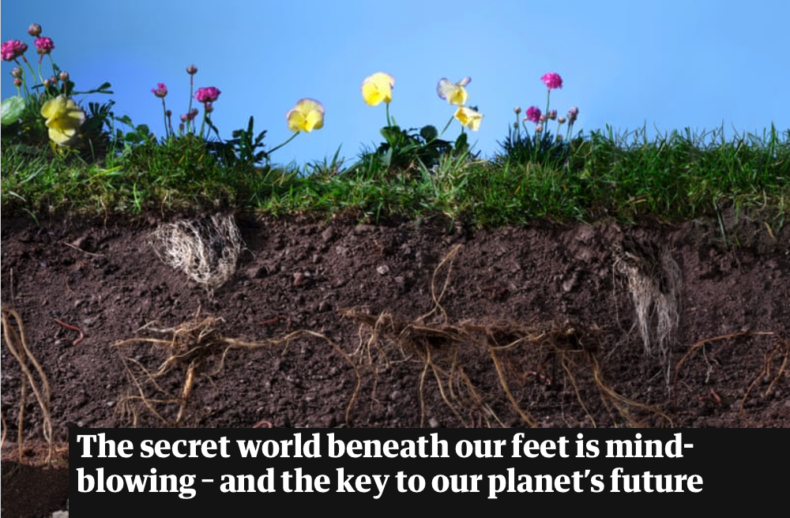Climate-change-denying politicians love to attack the IPCC as alarmist. It pleases the fossil fuel barons who fund them. But if anything, the IPCC has likely underestimated the role climate change is playing in the increase in persistent weather extremes we’ve seen in recent summers.
One of us has collaborated on research investigating how the asymmetric pattern of the warming of Earth’s surface (wherein the polar regions have warmed more than the middle latitudes) alters the behavior of the summer jet stream. Specifically, it favors a tendency for high-amplitude meanders of the jet stream that remain locked in place, leading to highly persistent deep high and low-pressure centers associated, alternately, with extreme heat, drought, wildfire or extreme flooding.
…





